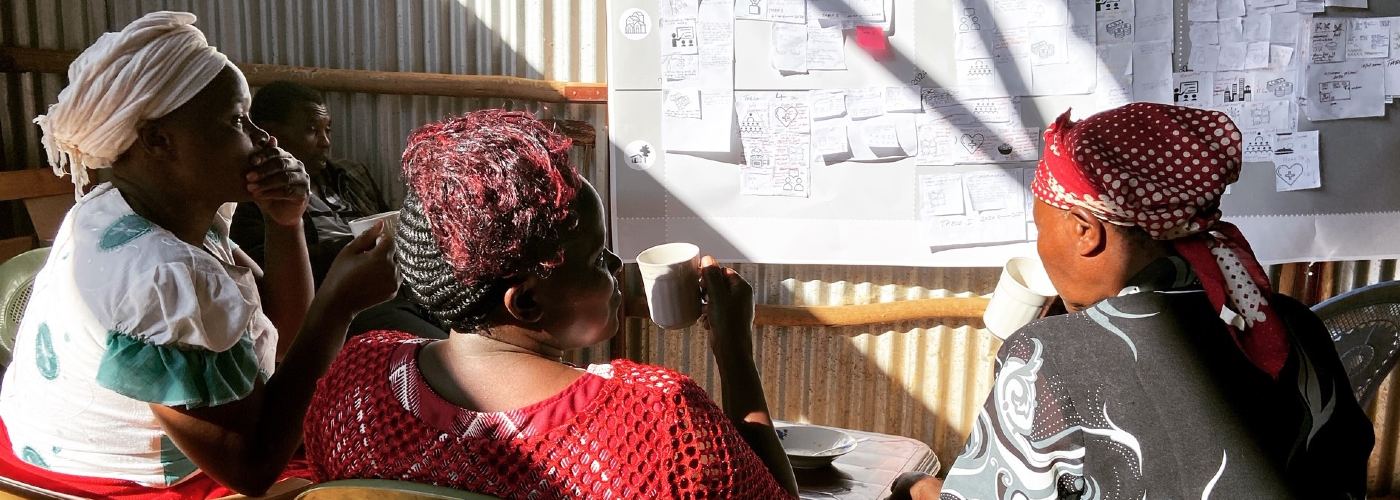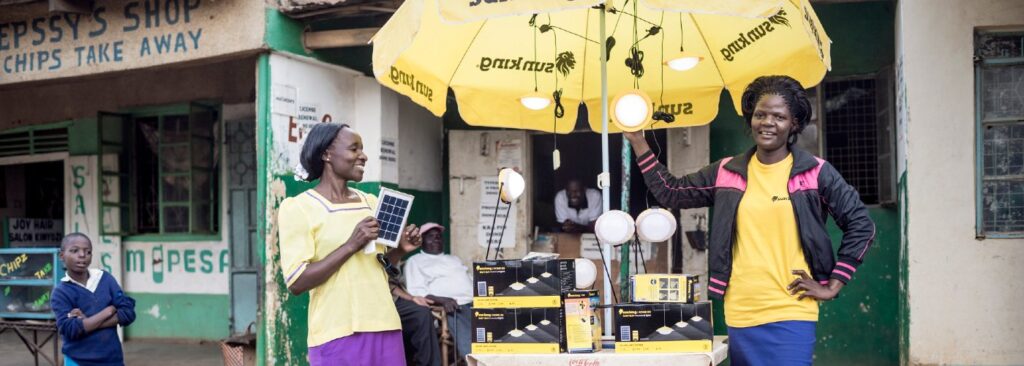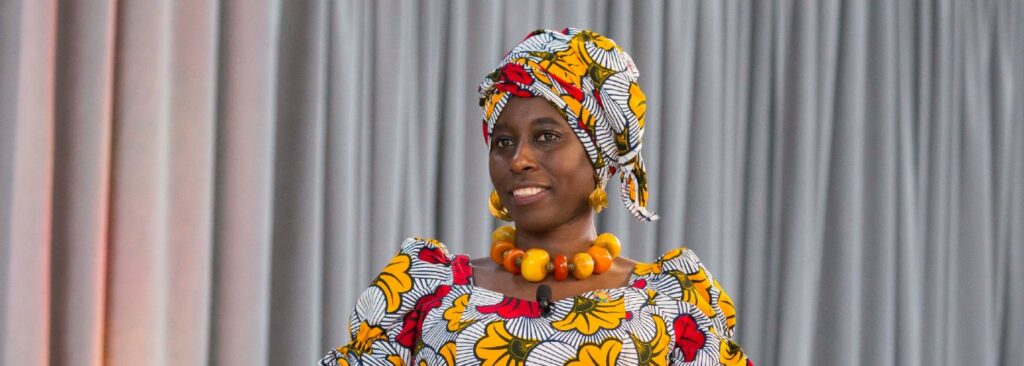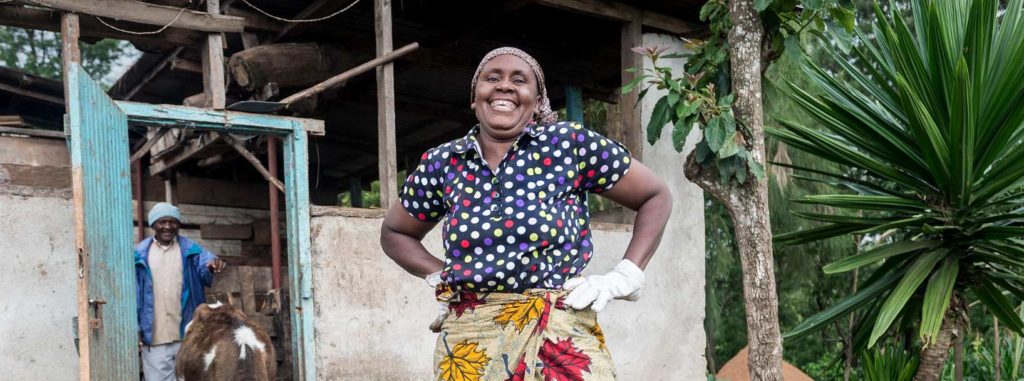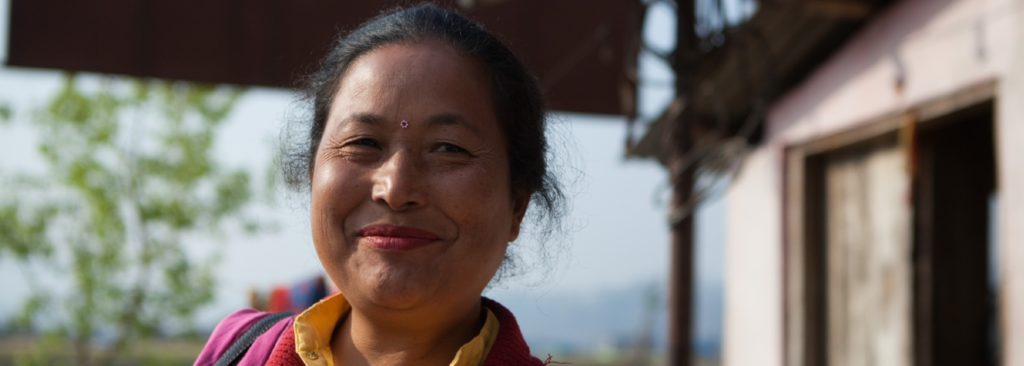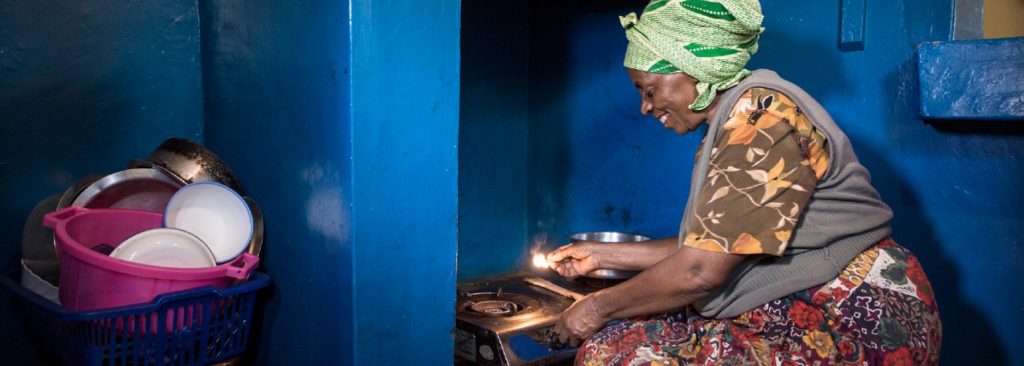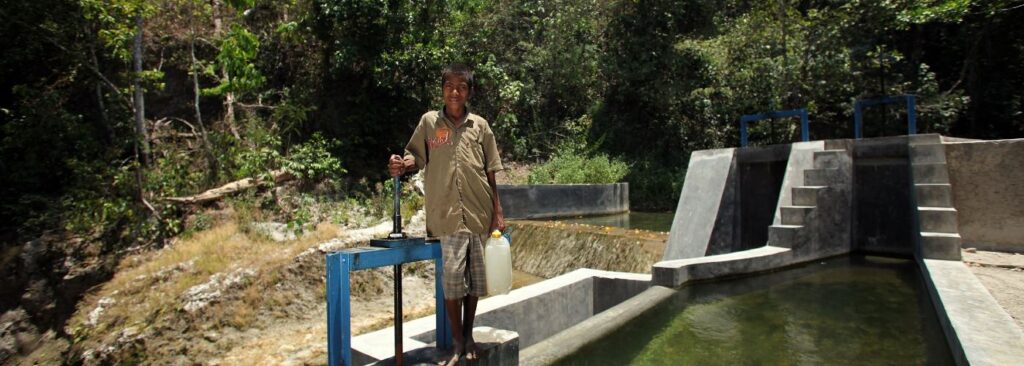Working together with communities and investing in their social capacity are the key to success in the transition to 100% electric cooking, shows the new “Beyond Fire: Backcasting a pathway to fully electric cooking in rural Kenya by 2030” released by Hivos and the Stockholm Environment Institute (SEI). This new report calls for a better understanding of the socio-cultural impacts on households involved in this energy transition.
The negative health and environmental implications of cooking with traditional biomass are well known, and efforts to shift households to cleaner, more sustainable cooking technologies and fuels have been underway for many decades. Access to sustainable cooking fuels in rural sub-Saharan Africa remains poor, with most people relying on firewood or charcoal for their household energy needs. In recent years there has been a shift in focus to electric cooking as potential source of sustainable cooking options in rural sub-Saharan Africa.
Energy transition must be inclusive
Switching to electricity in the region will require rural communities to change their daily practice and behaviour, including adopting new cooking technologies and even cooking different foods. Understanding the socio-cultural implications for rural communities is part of this transitioning process. With this in mind, Hivos and SEI conducted a case study with rural households in Machakos county, Kenya, aimed at hearing from people how they envision a 100% electric cooking future and co-developing a transition pathway towards this vision.
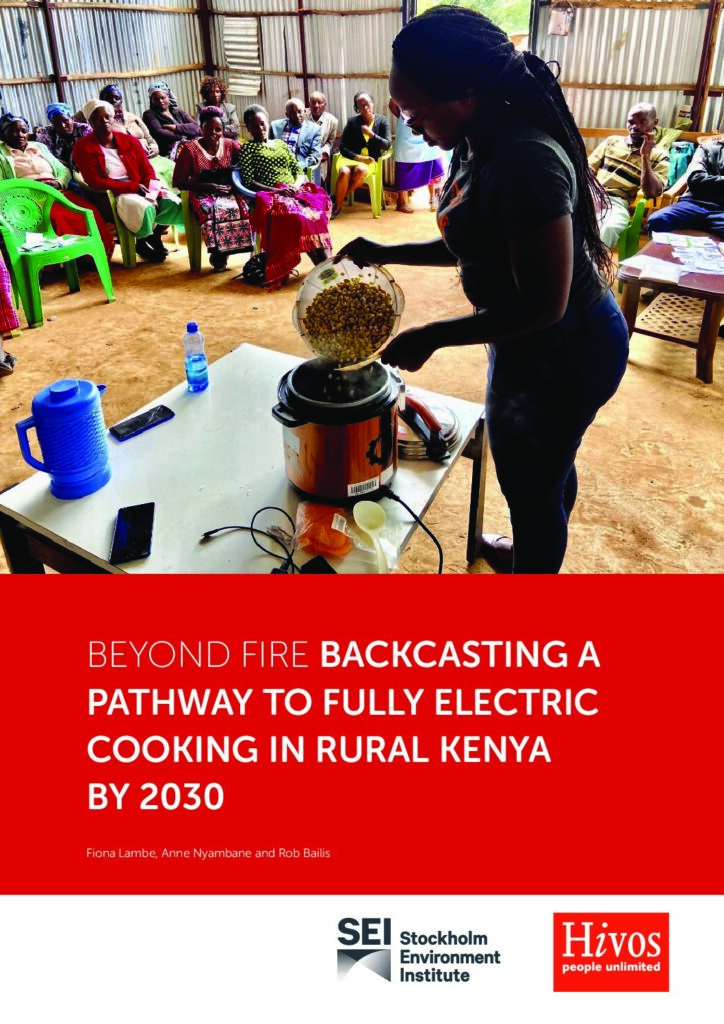
“Our previous report Beyond Fire showed the cost-competitiveness of electric cooking. This new study has taken a step forward in exploring what this would mean for rural people, by involving them in the process and looking at the behavioral and cultural factors, which are crucial for ensuring the long-term sustainability and adoption of these solutions,” explains Eco Matser, Hivos Program Manager for Green & Inclusive Energy.
One of the most relevant outcomes is that the community itself is seen as a driver of change.
Empowering people is the key to success
When imagining a community cooking with electricity, participants immediately associated electricity for cooking at home with a much wider development leap, including street lighting, electricity for agriculture, for powering schools and clinics, education facilities for students. And if these changes have happened, then even wider infrastructure must exist – we probably have roads and internet. When it comes to the changes within households, the participants noted that electric cooking would improve food security and health concerns related to household pollution, as well as challenge gender norms and release the heavy workload for women.
“The switch towards electric cooking requires several steps,” continues Eco Matser. “Beyond adapting to new technologies and systems, behavioural changes cannot come all at once. One of the most relevant outcomes is that the community itself is seen as a driver of change. Early adopters play a crucial role in influencing clean energy choices. This shows once again that clean cooking transition can be achieved by empowering villagers.”
In terms of technology adoption, the community saw the transition towards electricity as stepwise with households adding increasingly clean technologies and fuels to their kitchens, as they move to electrification, stacking the various cooking technologies as they went along. This model of moving up the so-called energy ladder in line with economic development is generally dismissed in the academic literature – but it is clearly how this community viewed the energy transition as a process.
“This study showed that, given a platform and some simple visioning tools, citizens are more than capable of describing complex transition pathways towards their desired future,” says Fiona Lambe, Research Fellow at SEI. “It highlights the capability and agency of people who are typically only on the receiving end of large development programmes. Suddenly we see how a community’s own resources, relationships and capacities could drive the transition to electric cooking.” Participants insisted that electric cooking would not happen overnight – too many other factors needed to be in place for it to work well in the community. For this, governments, decision-makers, organizations and private sector need to upscale their actions and cooperate.
The transition to electrical cooking should start now
The report ends with five recommendations to spur progress towards clean cooking solutions. With 2.8 billion people who still lack access to clean cooking solutions, more efforts are needed to put the world on track to achieve universal access by 2030. The impacts of Covid-19 outbreak could jeopardize progress, pushing people back into traditional fuels. “Prioritizing access to clean cooking is even more urgent in times of Covid-19. Clean cooking solutions can reduce drudgery and lead to significant improvements in health.” concludes Eco Matser. “Our response must look at long-term sustainable objectives but should start now. As highlighted by participants, we must address communities’ needs, including taking steps to universal electrification, spurring financial investments and supporting community organization.”
This article was originally published on Green & Inclusive Energy.

